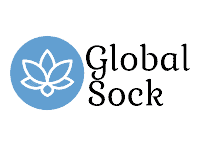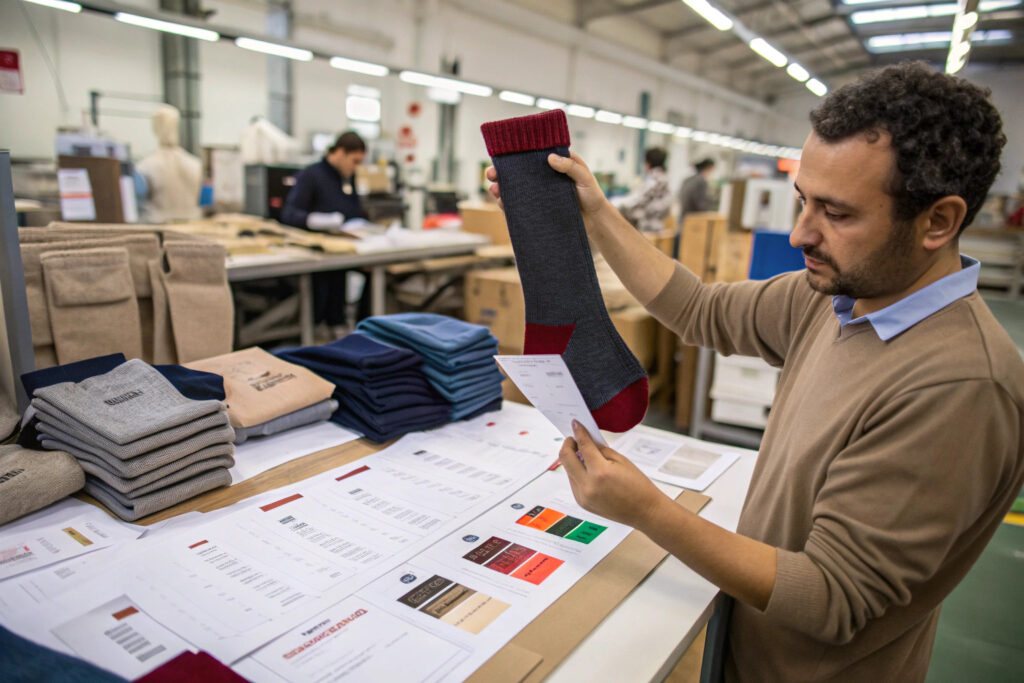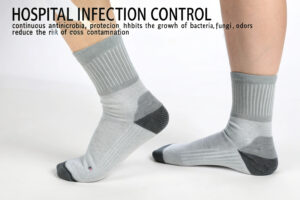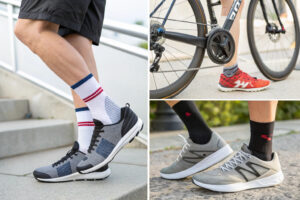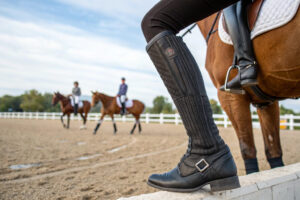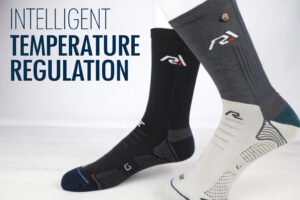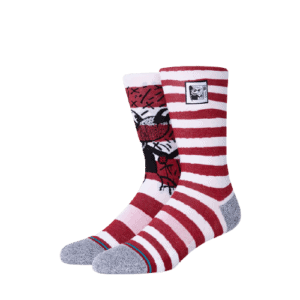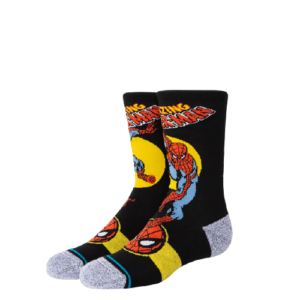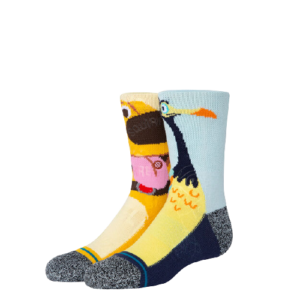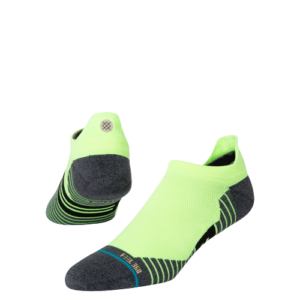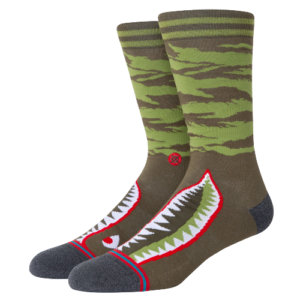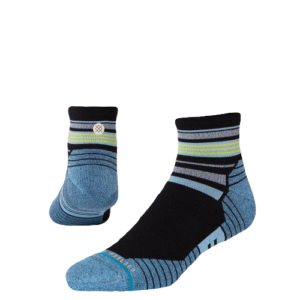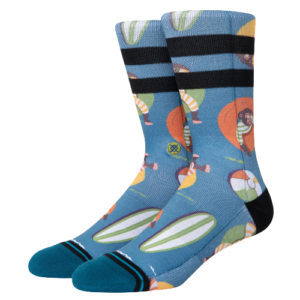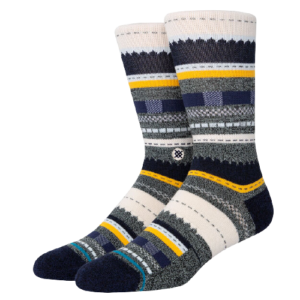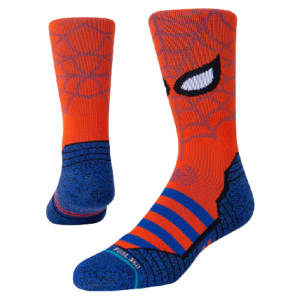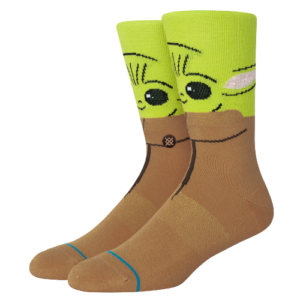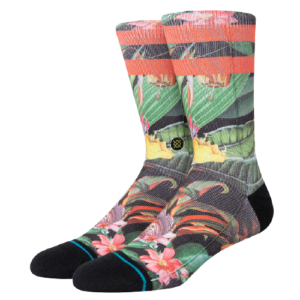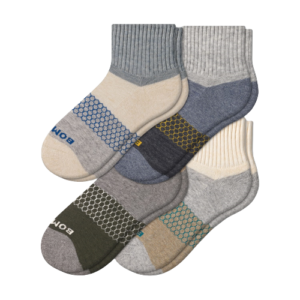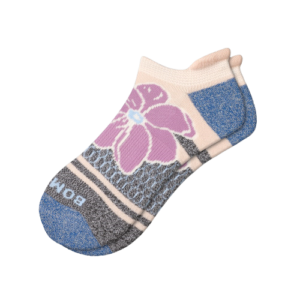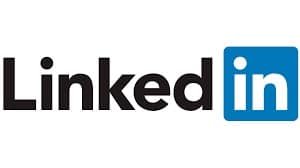Uniform suppliers across industries—from schools and hospitals to airlines and restaurants—rely heavily on functional, affordable knee-high socks. But with global pricing fluctuations, shifting logistics, and customer expectations rising, finding the perfect supplier can be a challenge.
To source cost-effective knee-high socks, uniform suppliers must focus on fabric optimization, low-MOQ production, supply chain efficiency, and long-term pricing strategies with experienced manufacturers.
At GlobalSock, we’ve helped hundreds of buyers across 30+ countries streamline uniform sock sourcing. If you're a supplier looking to cut costs without compromising quality, here’s a full roadmap tailored for you.
What Materials Offer the Best Balance of Cost and Durability?
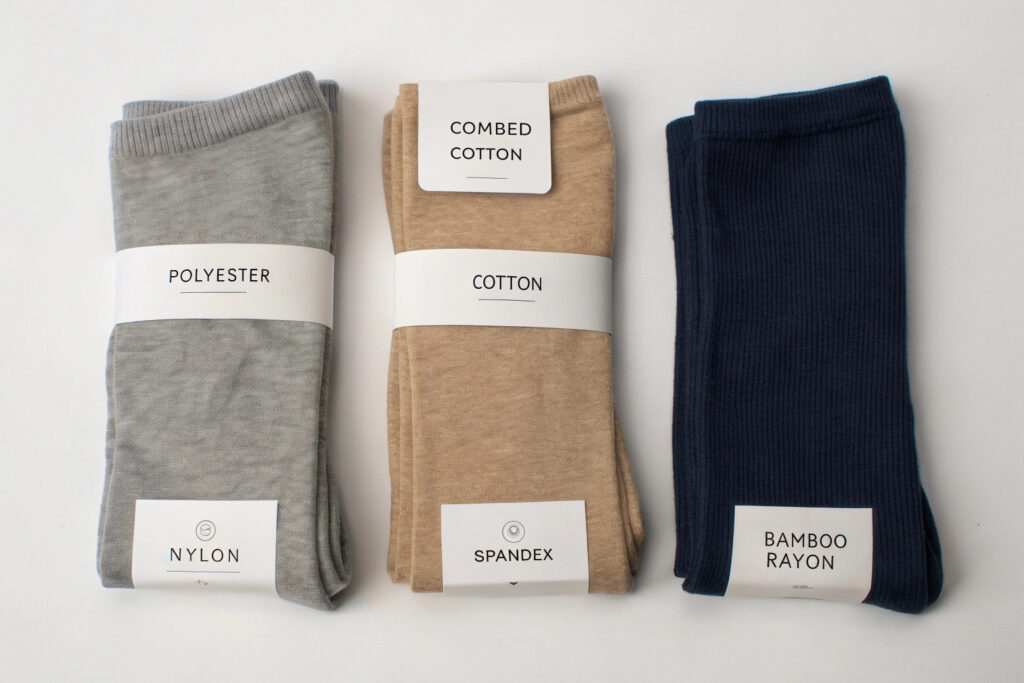
Not all yarns are equal when it comes to knee-high socks used in uniforms. While 100% cotton may feel comfortable, it lacks durability and shape retention. Synthetic or blended yarns are typically more cost-effective and last longer in commercial laundering cycles.
The most budget-friendly yet performance-proven materials include polyester/cotton blends, nylon/spandex blends, and bamboo rayon for eco-conscious buyers.
Why Do Polyester Blends Dominate in Institutional Orders?
Poly-cotton blends are low-cost, wrinkle-resistant, and dye-friendly. They're ideal for color-matched socks in school or hospitality uniforms. Many factories use ring-spun polyester for added softness while maintaining low production costs.
How Do Nylon and Spandex Improve Longevity?
Nylon-spandex offers stretch, moisture control, and durability. It’s often used in medical or foodservice uniforms due to its anti-pill and quick-dry features. We frequently recommend this blend to buyers needing long-term wearability under heavy foot traffic.
How to Find Manufacturers Offering Competitive Pricing?
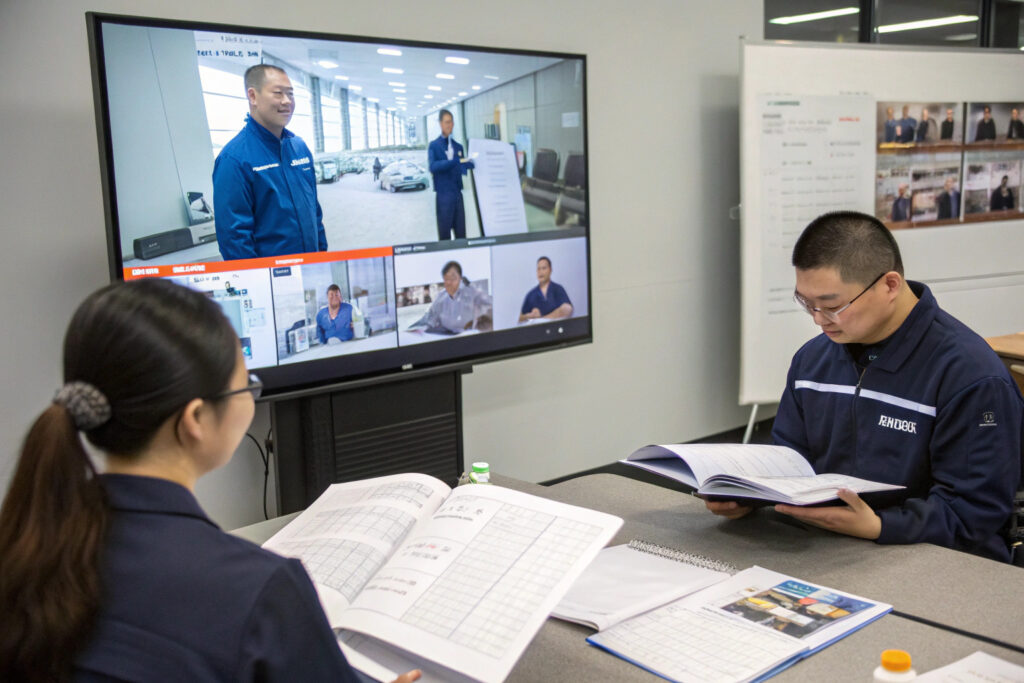
Price matters, but so does consistency. Instead of jumping to the lowest quote, focus on building with suppliers who specialize in knee-high production and have predictable costing models for volume orders.
Look for factories in China’s Keqiao or Zhuji regions, where economies of scale and vertical integration allow lower costs and faster sampling.
What Questions Should I Ask During Supplier Evaluation?
Ask about:
- Yarn sourcing partners
- MOQ tiers
- Standard vs. custom sizes
- Labor rate stability
- Lead time guarantees
Sites like Alibaba, Global Sources, or Made-in-China help you locate initial options—but dig deeper before choosing.
Why Is Keqiao the Preferred Sourcing Zone?
Keqiao is home to the world’s largest textile cluster, giving factories like GlobalSock direct access to raw materials, dyeing plants, and efficient transport. This lowers your landed cost by up to 15% compared to isolated or inland suppliers.
What Are the Best Cost-Cutting Strategies for Uniform Sock Orders?

Even small sourcing decisions can drive long-term savings. Whether you’re buying for school programs, flight crew kits, or health staff, efficient design and logistics go hand-in-hand with cost control.
To cut costs, standardize sock specifications, negotiate longer contracts, use local dyeing houses, and avoid mid-season order changes.
How Does Standardization Reduce Waste and Cost?
Uniform suppliers often order in multiple sizes and colors. This inflates sampling and inventory costs. Instead, define 2–3 standard SKUs with flexible sizing bands (e.g., EU 36–41). Sock factories like ours can reduce unit cost by up to 20% when size variation is minimized.
Why Consider Consolidated Freight Options?
Many buyers split their shipments unnecessarily. Working with a freight-forwarding partner offering multimodal consolidation from China can trim logistics cost significantly. At GlobalSock, we bundle orders from multiple clients for shared container use via the Keqiao rail-air corridor.
How to Maintain Quality While Sourcing Cheaply?
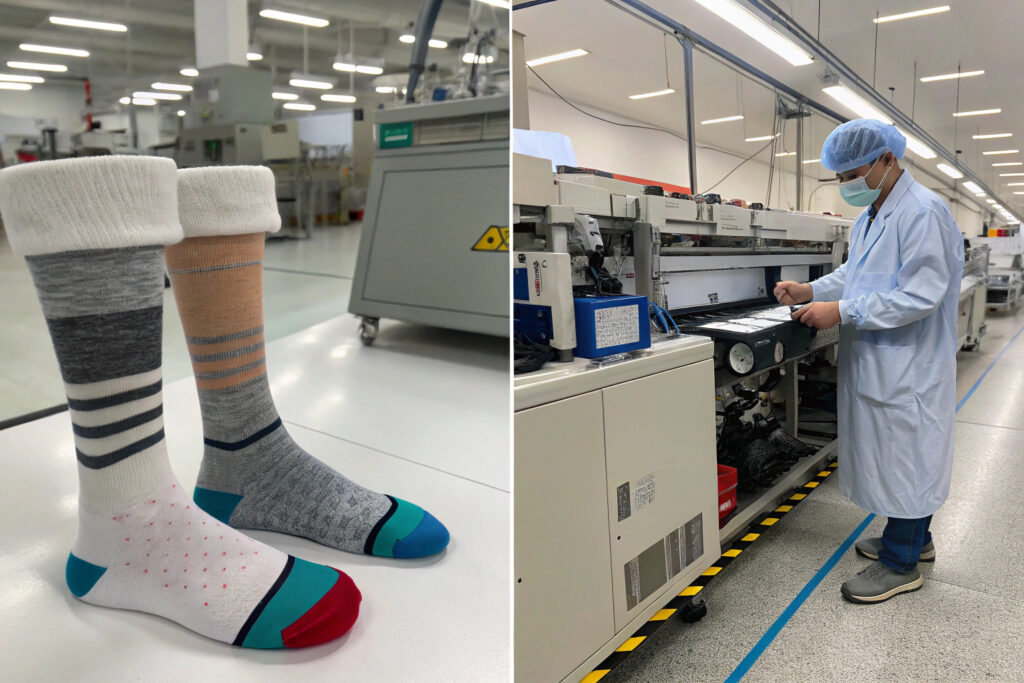
Sourcing affordably doesn’t mean cutting corners. In fact, one defect-prone order can cost more in returns, reputation, and reorders. Always balance price with supplier validation and robust quality control.
Work only with certified factories using in-house testing labs, offering yarn traceability, and quality inspections for bulk orders.
How Do I Verify Fabric and Color Quality?
Request test results for:
- Colorfastness (ISO 105)
- Shrinkage (AATCC 135)
- Abrasion (Martindale method)
Factories with CNAS labs, like ours, often use QR-code tracking to give clients real-time quality data during production.
Should I Pay for Pre-Shipment Inspections?
Yes. Third-party audits by firms like QIMA or SGS cost under $300 and help avoid losses. We also offer in-house QC reports with images and metrics for each carton.
Conclusion
Sourcing cost-effective knee-high socks for uniform supply is a strategic process—one that blends material science, supply chain finesse, and partner reliability. From yarn choice to shipping models, each decision adds up to substantial savings and fewer headaches down the line.
At GlobalSock, we help uniform brands and procurement teams around the world scale their sock sourcing with confidence. Whether you’re a schoolwear buyer, airline uniform coordinator, or healthcare distributor, our solutions are optimized for quality, cost, and delivery precision.
Let’s make uniform sourcing smoother—one pair of socks at a time.
